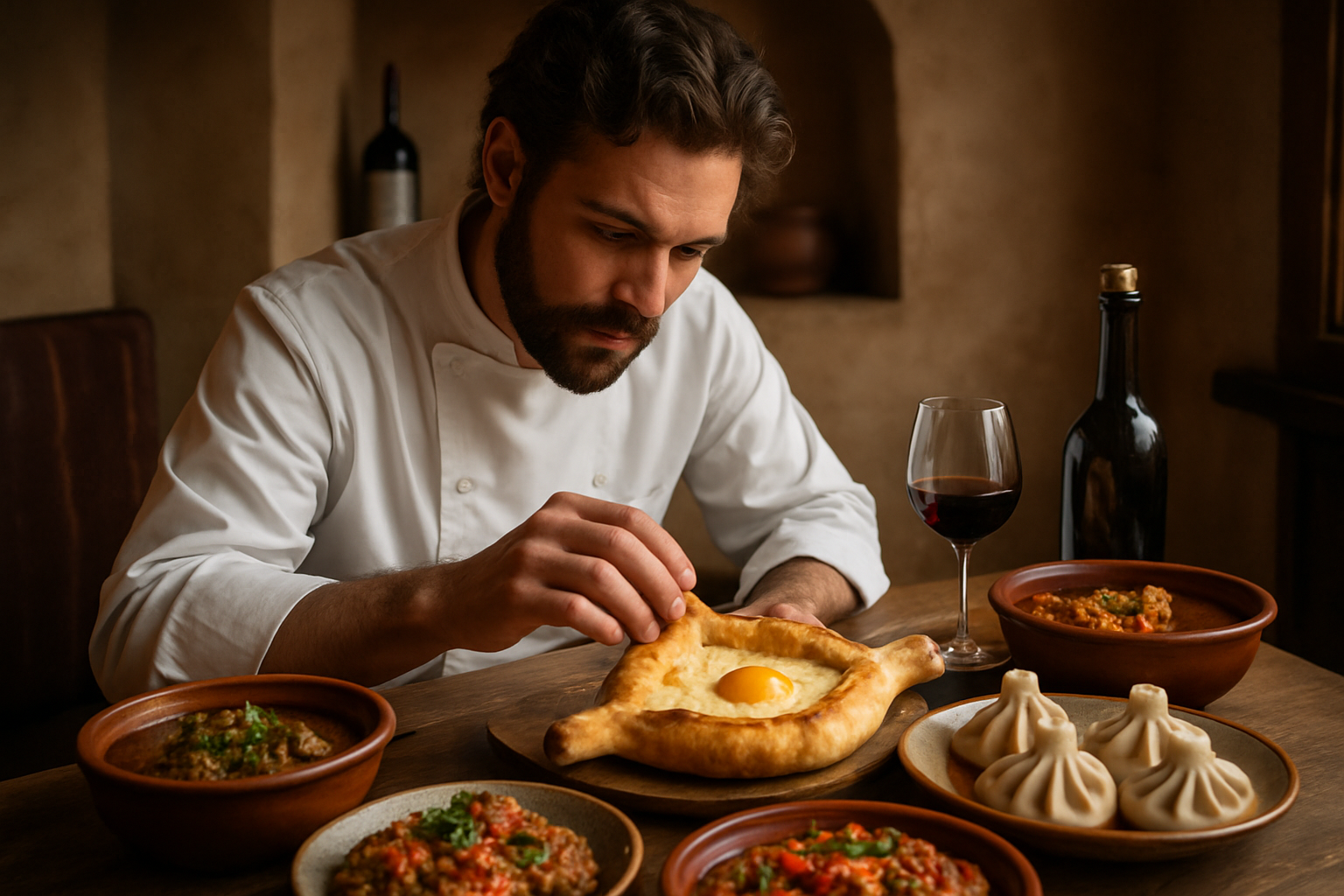Culinary Pilgrimages: The Rise of Gastronomic Expeditions
Embark on a journey where taste buds lead the way and food becomes the primary destination. Culinary pilgrimages are reshaping the travel landscape, offering gourmands and adventurers alike the opportunity to explore cultures through their cuisines. This emerging trend goes beyond mere restaurant hopping, delving deep into the heart of local food traditions, production methods, and the stories behind each dish.

This evolution can be traced back to the rise of food media in the late 20th and early 21st centuries. Television shows, cookbooks, and later, social media platforms, began to showcase global cuisines in unprecedented detail. This exposure ignited a curiosity among travelers to experience these flavors firsthand, leading to the development of more specialized food-focused itineraries.
Beyond the Plate: Immersive Culinary Experiences
Culinary pilgrimages offer a multi-faceted approach to experiencing food culture. Travelers are no longer satisfied with simply tasting a dish; they want to understand its origins, preparation methods, and cultural significance. This has given rise to a variety of immersive experiences:
-
Farm-to-Table Tours: Visitors can trace ingredients from their source to the final dish, often participating in harvesting or foraging activities.
-
Cooking Classes: Led by local chefs or home cooks, these classes offer hands-on experience in preparing traditional dishes.
-
Market Tours: Guided explorations of local markets provide insight into ingredients, trading practices, and daily life.
-
Food Festivals: These events celebrate regional specialties and often coincide with harvest seasons or cultural celebrations.
-
Artisanal Workshops: Travelers can learn traditional food crafts like cheese-making, wine production, or bread baking.
The Cultural Impact of Gastronomic Tourism
Culinary pilgrimages have a profound impact on both travelers and the communities they visit. For travelers, these experiences offer a deep, sensory understanding of a culture that goes beyond sightseeing. Food becomes a gateway to history, traditions, and social customs.
For local communities, the rise of culinary tourism can bring economic benefits and a renewed interest in preserving culinary heritage. Many regions are now recognizing their traditional foods and production methods as valuable cultural assets, leading to efforts to protect and promote these traditions.
However, this trend also raises questions about authenticity and sustainability. As demand for culinary experiences grows, there’s a risk of commodifying food cultures or putting pressure on local resources. Responsible culinary tourism requires a balance between providing authentic experiences and respecting local communities and ecosystems.
Planning Your Culinary Pilgrimage
Embarking on a culinary pilgrimage requires thoughtful planning to ensure a rich and responsible experience. Here are some key considerations:
-
Research Destination Food Cultures: Look beyond the obvious choices. Consider regions known for specific ingredients or cooking techniques.
-
Timing is Key: Plan your visit around harvest seasons or food festivals for the most immersive experience.
-
Seek Out Local Guides: Knowledgeable guides can provide context and access to experiences you might not find on your own.
-
Learn Basic Food Vocabulary: Familiarize yourself with key culinary terms in the local language to enhance your experience.
-
Be Open to New Flavors: Approach unfamiliar dishes with an open mind and palate.
-
Consider Dietary Restrictions: Research how your dietary needs can be accommodated within the local food culture.
The Future of Culinary Pilgrimages
As the trend of culinary pilgrimages continues to grow, we can expect to see several developments:
-
Increased Specialization: Tours focused on specific ingredients, cooking techniques, or dietary preferences.
-
Technology Integration: AR and VR technologies may offer pre-trip tastings or virtual cooking classes.
-
Sustainability Focus: Greater emphasis on eco-friendly food production and zero-waste cooking practices.
-
Cross-Cultural Culinary Exchanges: Programs that bring together food traditions from different cultures.
-
Food Diplomacy: Culinary tourism as a tool for fostering international understanding and cooperation.
Savoring the Journey: Essential Tips for Culinary Pilgrims
-
Pack digestive aids and any necessary medications to ensure comfort during your gastronomic adventures.
-
Bring a small notebook to jot down recipes, ingredients, and memorable flavors.
-
Consider investing in a good quality camera to document your culinary experiences.
-
Learn about local dining etiquette to show respect for cultural norms.
-
Stay hydrated, especially when trying new and potentially spicy cuisines.
-
Pace yourself – remember that culinary pilgrimages are marathons, not sprints.
-
Seek out family-owned establishments for more authentic, traditional flavors.
-
Don’t be afraid to use hand gestures or translation apps to communicate your culinary interests.
Culinary pilgrimages offer a unique lens through which to explore the world, turning every meal into an opportunity for discovery and connection. By centering travel experiences around food, we open ourselves to a deeper understanding of cultures, traditions, and the universal language of flavor. As this trend continues to evolve, it promises to reshape not just how we travel, but how we relate to food and to each other across global cuisines and cultures.





